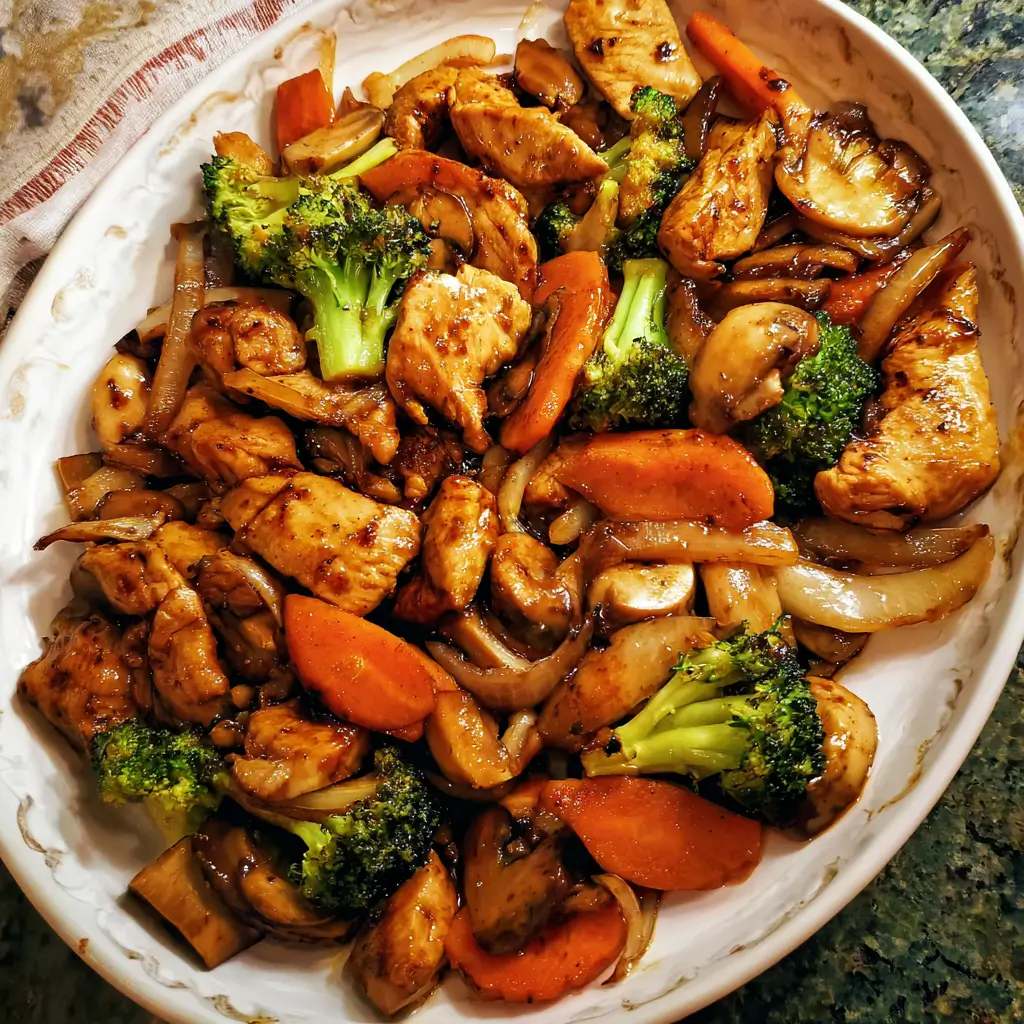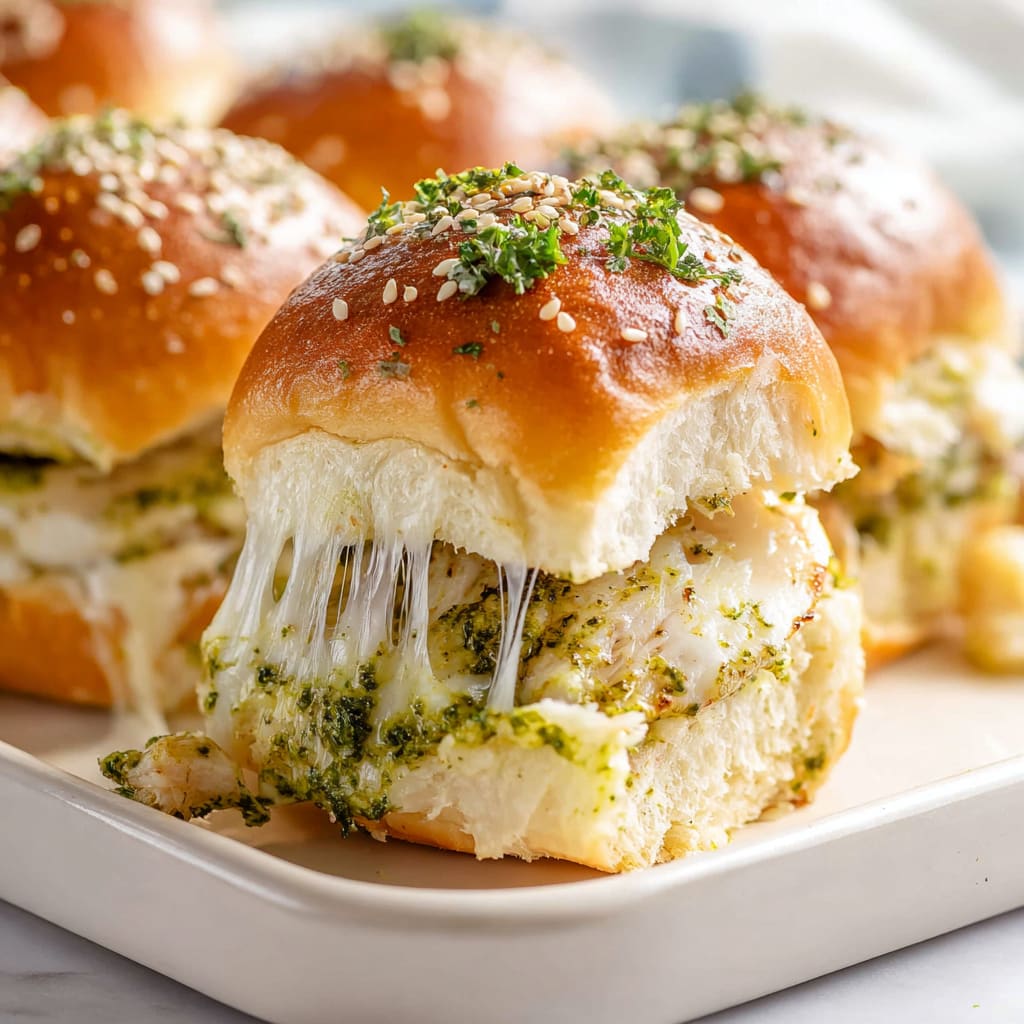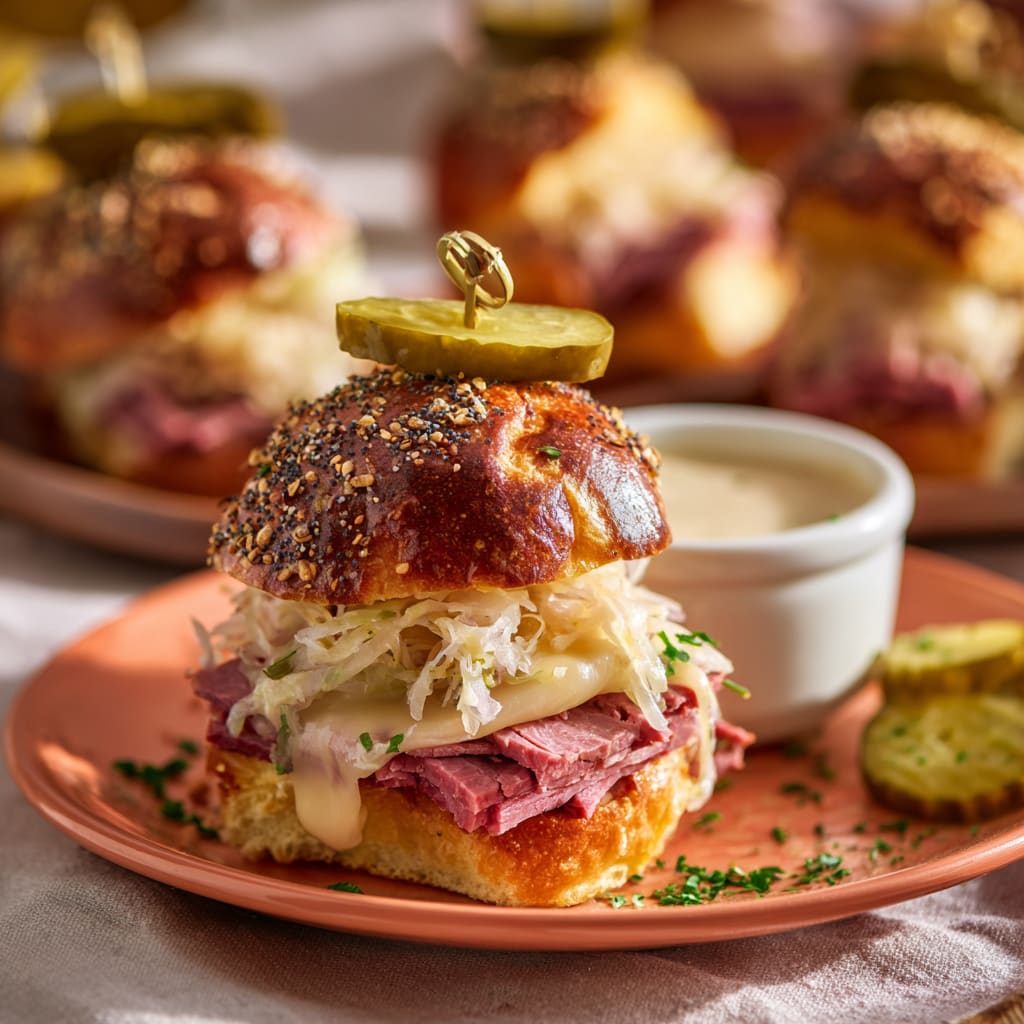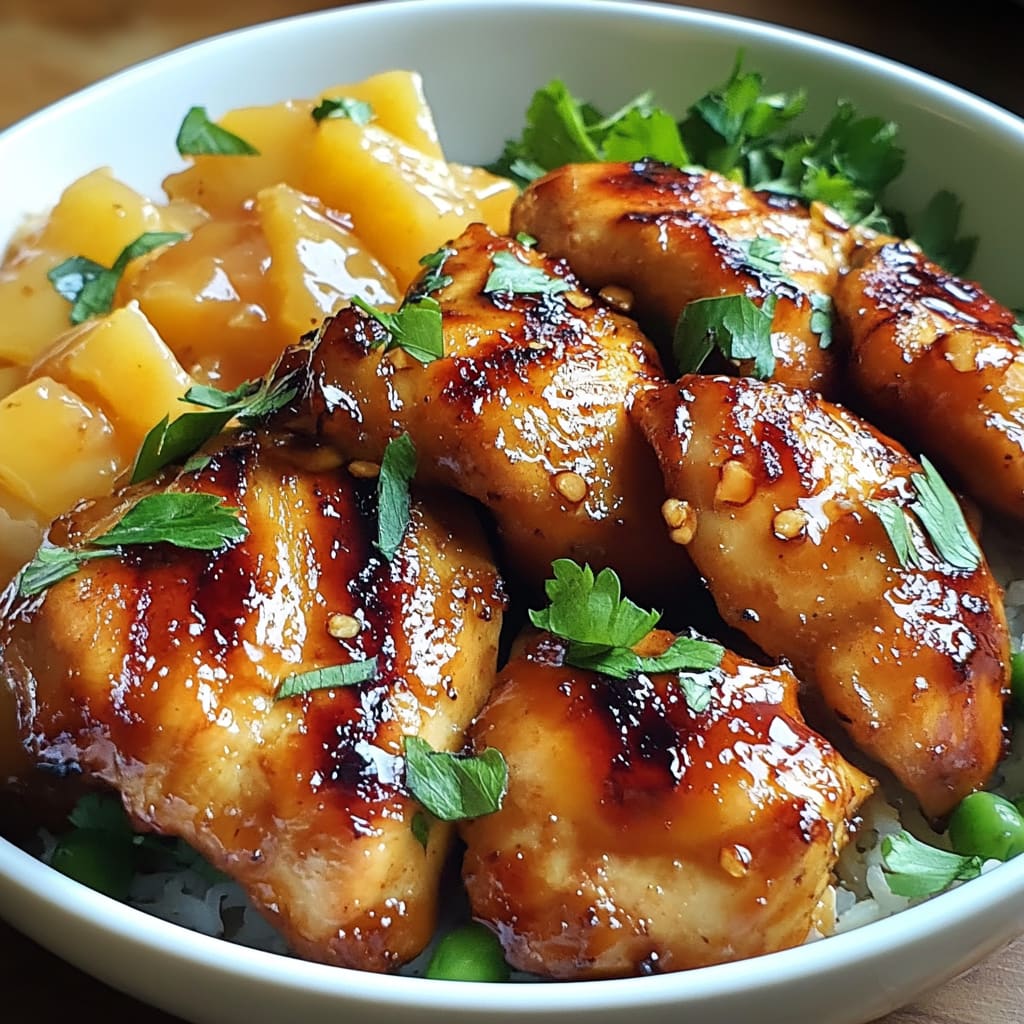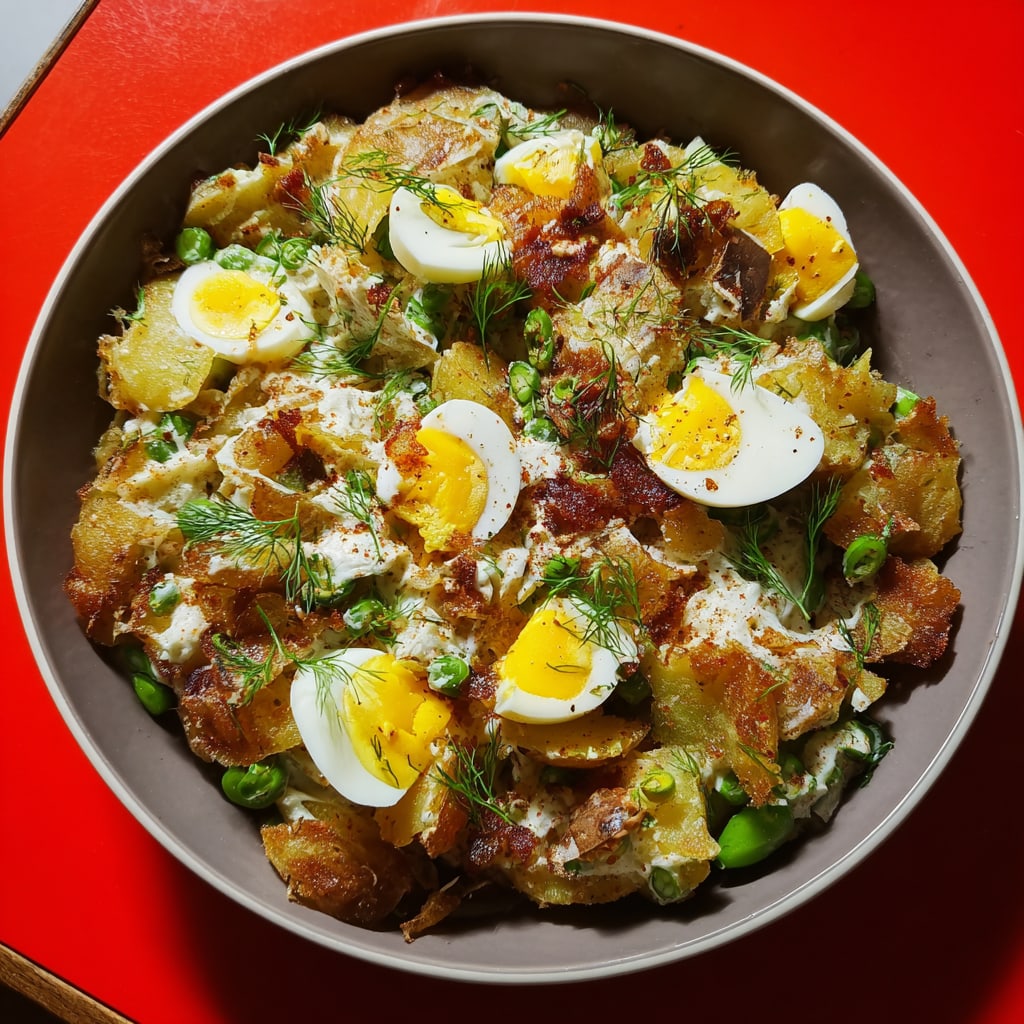Sizzling, savory, and bursting with umami flavor, Hibachi Chicken and Vegetables brings the theatrical Japanese steakhouse experience right to your kitchen. This mouthwatering dish combines tender chicken, crisp vegetables, and a buttery soy-based sauce that creates that authentic hibachi taste we all crave. Perfect for weeknight dinners yet impressive enough for guests, this beloved Japanese-inspired recipe transforms simple ingredients into a memorable meal without the hefty restaurant price tag. You’ll learn how to achieve that perfect hibachi sear, master the signature sauce, and create a complete restaurant-quality meal that will have everyone asking for seconds.
Why You’ll Love This Recipe
Hibachi Chicken and Vegetables is more than just a meal—it’s an experience that delights all your senses. The combination of juicy chicken pieces caramelized to golden perfection alongside vibrant vegetables creates an irresistible texture contrast that makes every bite exciting. The signature hibachi sauce, with its perfect balance of salty, sweet, and umami notes, coats each ingredient beautifully, delivering that authentic Japanese steakhouse flavor you crave.
What makes this recipe truly special is its versatility and simplicity. Using ingredients you likely already have in your pantry, you can create restaurant-quality hibachi at home in just 30 minutes. The cooking technique creates those signature crispy edges on both the chicken and vegetables while maintaining their juicy interiors—a contrast that’s impossible to resist.
Perhaps best of all, this dish satisfies everyone at the table. It’s naturally dairy-free, can be easily adapted to gluten-free diets, and offers the perfect balance of protein and vegetables in one colorful, complete meal. Whether you’re cooking for picky eaters or culinary enthusiasts, this Hibachi Chicken and Vegetables recipe is guaranteed to become a regular request in your home.
Ingredients
For the Hibachi Chicken and Vegetables, you’ll need:
For the Chicken:
- 1½ lbs (680g) boneless, skinless chicken breasts, cut into 1-inch cubes
- 2 tbsp vegetable oil, divided
- 2 tbsp unsalted butter
- 3 tbsp soy sauce (use low-sodium if preferred)
- 1 tbsp fresh lemon juice
- 2 tsp sesame oil
- 2 garlic cloves, minced (about 2 tsp)
- 1 tsp fresh ginger, grated
- ½ tsp black pepper
For the Vegetables:
- 1 medium zucchini (about 8 oz/225g), quartered lengthwise and sliced
- 1 medium yellow onion (about 8 oz/225g), cut into ¾-inch pieces
- 8 oz (225g) mushrooms, quartered
- 1 large carrot (about 4 oz/115g), julienned
- 2 tbsp vegetable oil
- 2 tbsp unsalted butter
- 2 tbsp soy sauce
- Salt and pepper to taste
For Serving:
- 2 cups (370g) cooked white rice
- 2 green onions, thinly sliced
- 1 tbsp sesame seeds
- Yum yum sauce or ginger sauce (optional)
The chicken should be as fresh as possible for the best texture and flavor. For vegetables, feel free to use mushrooms like cremini or shiitake for an earthier flavor. The combination of butter and soy sauce creates that signature hibachi richness that sets this dish apart from regular stir-fries.
Pro Tips
Achieving authentic Hibachi Chicken and Vegetables at home comes down to three critical techniques that professional hibachi chefs use:
High Heat Is Essential: The secret to that coveted hibachi sear is cooking with extremely high heat. Preheat your pan or griddle until it’s smoking hot before adding any ingredients. This creates the signature caramelization on both the chicken and vegetables without overcooking them. If your stovetop isn’t powerful enough, cook in smaller batches to maintain the temperature—overcrowding the pan will cause steaming instead of searing.
Perfect Your Protein First: Always cook your chicken separately from vegetables. Season the chicken and let it sit at room temperature for 10-15 minutes before cooking—this ensures even cooking and better caramelization. When you add chicken to the hot surface, resist the urge to stir immediately. Let it develop a golden crust on one side (about 2-3 minutes) before flipping or stirring. This creates that restaurant-quality texture contrast between the exterior and interior.
Master the Hibachi Butter Technique: The distinctive hibachi flavor comes from adding butter at precisely the right moment. After your chicken or vegetables have developed some color, create a well in the center of the pan and add butter with minced garlic and ginger. As it melts, it will create an instant aromatic sauce that coats everything beautifully. Finish with a splash of soy sauce that will sizzle and caramelize, creating that magical hibachi glaze that brings everything together.
Instructions
Step 1: Prepare All Ingredients
Before heating any pans, have everything ready to go. Cut your chicken into uniform 1-inch cubes and season with salt and pepper. Chop all vegetables as specified and arrange them on a plate for easy access. Mix soy sauce, lemon juice, and sesame oil in a small bowl to create your hibachi sauce. Having everything prepared is crucial because the cooking process moves quickly once you start.
Step 2: Cook the Chicken
Heat a large cast iron skillet or flat griddle over high heat until it’s smoking hot. Add 1 tablespoon of vegetable oil and swirl to coat. Carefully add the chicken pieces in a single layer, giving them space (work in batches if needed). Let them sear undisturbed for 2-3 minutes until golden brown on the bottom. Flip the chicken pieces and cook for another 2 minutes. Push the chicken to one side of the pan, reduce heat to medium-high, and add 1 tablespoon of butter, garlic, and ginger to the empty space. As the butter melts, it will become fragrant—this is your cue to toss everything together. Pour half of your soy sauce mixture over the chicken and toss quickly to coat. The sauce should sizzle and start to caramelize. Cook just until chicken reaches 165°F (74°C) internally, about 1-2 minutes more. Transfer to a plate and keep warm.
Step 3: Cook the Vegetables
Return the pan to high heat and add the remaining tablespoon of oil. Once hot, add onions and carrots first (as they take longer to cook) and stir-fry for 2 minutes until they begin to soften. Add mushrooms and zucchini, tossing frequently for another 2-3 minutes until vegetables are crisp-tender with some caramelized edges. Create a well in the center, add the remaining tablespoon of butter, and let it melt. Pour the remaining soy sauce mixture over the vegetables and toss to coat evenly. The key is to cook vegetables until they’re tender but still have some bite—overcooking will make them soggy.
Step 4: Combine and Serve
Return the chicken to the pan with the vegetables and toss everything together over medium-high heat for 1 minute to reheat and allow the flavors to meld. Taste and adjust seasoning if needed. Serve your Hibachi Chicken and Vegetables immediately over warm rice, garnished generously with sliced green onions and a sprinkle of sesame seeds. For an authentic experience, add a side of yum yum sauce or ginger sauce for dipping.
Variations
Hibachi Steak and Vegetables: For an equally delicious alternative, substitute the chicken with 1½ pounds of ribeye or sirloin steak, thinly sliced against the grain. The cooking process remains the same, but reduce the cooking time to about 1-2 minutes per side for medium-rare to medium doneness. The rich marbling in ribeye creates an especially flavorful hibachi experience that rivals any steakhouse version.
Seafood Hibachi: Transform this dish into an elegant seafood feast by using 1 pound of large shrimp or sea scallops instead of chicken. Seafood cooks even faster than chicken—about 1-2 minutes per side until just opaque—so be careful not to overcook. The natural sweetness of seafood pairs beautifully with the savory hibachi sauce, creating a lighter yet equally satisfying version of Hibachi Chicken and Vegetables.
Vegetarian Hibachi: Create a plant-based version by replacing the chicken with 14 ounces of extra-firm tofu (pressed and cubed) or 2 cups of edamame for protein. Add more mushroom varieties like shiitake or king oyster for meaty texture, and include broccoli florets and bell peppers for additional color and nutrition. For the signature hibachi flavor without butter, use a plant-based butter alternative or increase the sesame oil slightly. This variation is just as satisfying and full of the umami flavor that makes hibachi so irresistible.
Storage and Serving
Hibachi Chicken and Vegetables stores beautifully, making it perfect for meal prep. Once cooled, store leftovers in airtight containers in the refrigerator for up to 3 days. For best results, store the chicken and vegetables separately from rice to prevent the rice from absorbing too much moisture. When reheating, use a skillet over medium heat rather than a microwave to maintain those crisp textures—add a splash of water or chicken broth if it seems dry.
For an impressive serving presentation, arrange the Hibachi Chicken and Vegetables on a large platter with rice on the side, allowing guests to serve themselves. Create a hibachi experience at home by serving with individual bowls of dipping sauces like yum yum sauce (a mayo-based sweet sauce), ginger sauce, or a simple mixture of soy sauce with a touch of rice vinegar and scallions.
This dish pairs wonderfully with miso soup as a starter and a simple cucumber salad dressed with rice vinegar and sesame oil on the side. For a complete hibachi restaurant experience, serve with a side of hibachi-style fried rice and finish the meal with green tea ice cream or mochi for dessert.
FAQs
What’s the difference between hibachi and teriyaki chicken?
While both are Japanese-inspired, Hibachi Chicken and Vegetables focuses on the cooking method—high-heat grilling with simple seasonings where ingredients are cooked quickly with minimal sauce. Teriyaki chicken uses a sweeter, thicker glaze with prominent ginger, garlic, and often pineapple juice or mirin. Hibachi emphasizes the natural flavors of ingredients enhanced by butter, soy sauce, and high-heat caramelization.
Can I make hibachi chicken without a flat top grill?
Absolutely! While restaurants use special flat top grills, a well-seasoned cast iron skillet or heavy stainless steel pan works perfectly at home. The key is getting the pan very hot before adding ingredients and cooking in batches to maintain the high heat needed for proper caramelization.
What can I substitute for the butter to make it dairy-free?
For a dairy-free version, substitute the butter with 1-2 tablespoons of additional vegetable oil or use a plant-based butter alternative. While the flavor profile will be slightly different, you can enhance the umami by adding an extra ½ teaspoon of soy sauce and a dash of nutritional yeast.
Why do my vegetables become soggy instead of caramelized?
Soggy vegetables usually result from overcrowding the pan or cooking at too low a temperature. Cook vegetables in batches if needed, ensure your pan is very hot, and resist the urge to stir constantly. Also, make sure vegetables are dry before adding them to the pan, as excess moisture creates steam.
What sauce is traditionally served with hibachi chicken?
Most Japanese steakhouses serve hibachi dishes with two signature sauces: ginger sauce (a tangy, thin sauce made with ginger, vinegar, and soy sauce) and yum yum sauce (a creamy, slightly sweet mayo-based sauce with tomato paste and spices). Both complement the Hibachi Chicken and Vegetables beautifully and can be store-bought or homemade.
Conclusion
This Hibachi Chicken and Vegetables is comfort food with a theatrical flair — sizzling hot, packed with savory flavors, and bringing restaurant-quality Japanese cuisine right to your dining table. It’s the kind of dish that transforms an ordinary weeknight into something special, providing both the satisfaction of a complete meal and the excitement of experiencing something usually reserved for dining out. Whether you’re recreating special memories of hibachi restaurants or simply looking for a flavorful way to enjoy chicken and vegetables, this recipe delivers on all fronts—flavor, texture, and that special hibachi magic that keeps us coming back for more. Your family will be amazed that something this delicious came from your kitchen rather than a hibachi grill.
Print
Hibachi Chicken and Vegetables
Description
Skip the restaurant and bring the hibachi experience home! This sizzling chicken and veggie combo delivers all the flavor of your favorite Japanese steakhouse but costs a fraction of the price.
Ingredients
- 1½ lbs (680g) boneless, skinless chicken breasts, cut into 1-inch cubes
- 2 tbsp vegetable oil, divided (for chicken)
- 2 tbsp unsalted butter (for chicken)
- 3 tbsp soy sauce (for chicken)
- 1 tbsp fresh lemon juice
- 2 tsp sesame oil
- 2 garlic cloves, minced (about 2 tsp)
- 1 tsp fresh ginger, grated
- ½ tsp black pepper
- 1 medium zucchini (about 8 oz/225g), quartered lengthwise and sliced
- 1 medium yellow onion (about 8 oz/225g), cut into ¾-inch pieces
- 8 oz (225g) mushrooms, quartered
- 1 large carrot (about 4 oz/115g), julienned
- 2 tbsp vegetable oil (for vegetables)
- 2 tbsp unsalted butter (for vegetables)
- 2 tbsp soy sauce (for vegetables)
- Salt and pepper to taste
- 2 cups (370g) cooked white rice, for serving
- 2 green onions, thinly sliced, for garnish
- 1 tbsp sesame seeds, for garnish
Instructions
- Prepare all ingredients before starting. Cut chicken into uniform 1-inch cubes and season with salt and pepper. Chop all vegetables and arrange them on a plate for easy access.
- In a small bowl, mix 3 tbsp soy sauce, lemon juice, and sesame oil to create your hibachi sauce.
- Heat a large cast iron skillet or flat griddle over high heat until smoking hot. Add 1 tablespoon of vegetable oil and swirl to coat.
- Add chicken pieces in a single layer, working in batches if needed. Let sear undisturbed for 2-3 minutes until golden brown on the bottom.
- Flip chicken pieces and cook for another 2 minutes. Push chicken to one side of the pan.
- Reduce heat to medium-high and add 1 tablespoon of butter, garlic, and ginger to the empty space in the pan.
- As the butter melts and becomes fragrant, toss everything together. Pour half of your soy sauce mixture over the chicken and toss to coat.
- Cook until chicken reaches 165°F (74°C) internally, about 1-2 minutes more. Transfer to a plate and keep warm.
- Return the pan to high heat and add the remaining tablespoon of oil for vegetables.
- Add onions and carrots first and stir-fry for 2 minutes until they begin to soften.
- Add mushrooms and zucchini, tossing frequently for another 2-3 minutes until vegetables are crisp-tender with some caramelized edges.
- Create a well in the center, add the remaining tablespoon of butter, and let it melt.
- Pour the remaining soy sauce mixture over the vegetables and toss to coat evenly.
- Return the chicken to the pan with the vegetables and toss everything together over medium-high heat for 1 minute.
- Serve immediately over warm rice, garnished with sliced green onions and sesame seeds.

